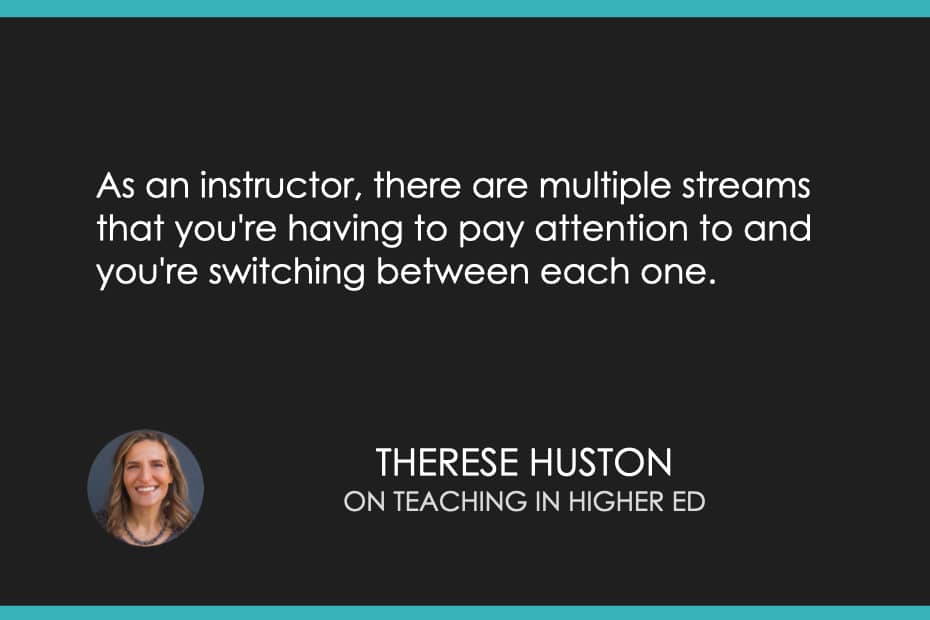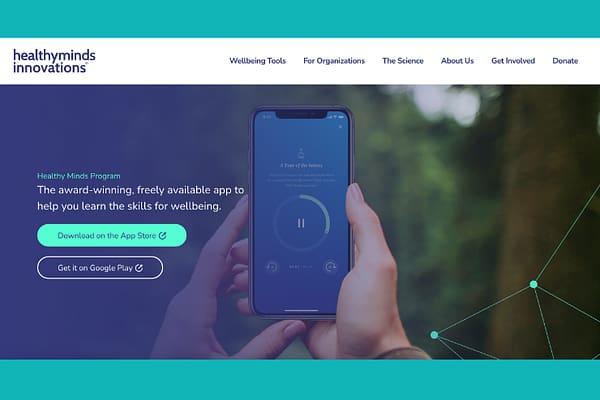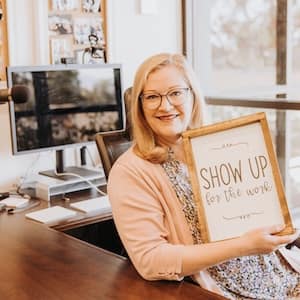Podcast (tihe_podcast):
Play in new window | Download | Transcript
Subscribe: Apple Podcasts | Spotify | RSS | How do I listen to a podcast?
Therese Huston shares about Sharp: 14 Simple Ways to Improve Your Life with Brain Science on episode 567 of the Teaching in Higher Ed podcast.
Quotes from the episode

As an instructor, there are multiple streams that you're having to pay attention to and you're switching between each one.
-Therese Huston
The research shows that listening to music that moves you will increase dopamine in your ventral striatum, so you feel a sense of reward.
-Therese Huston
Visualizing the process actually increases productivity. The neuroscience shows that you see five times more brain areas activated when you picture the process than when you picture a glorious outcome.
-Therese Huston
If you do just a 5 minute meditation right before you need to recall something, you can get up to a 75% improvement in your recall.
-Therese Huston
Resources
- Sharp: 14 Simple Ways to Improve Your Life with Brain Science, by Therese Huston
- Unlocking Us Podcast: Brené Brown on Anxiety, Calm, and Over-/Under-Functioning
- Classroom Assessment Techniques: Episode 554 with Todd Zakrajsek
- The Dunning–Kruger Effect
- Calm App
- The Live Your Values Deck
- The Healthy Minds App


